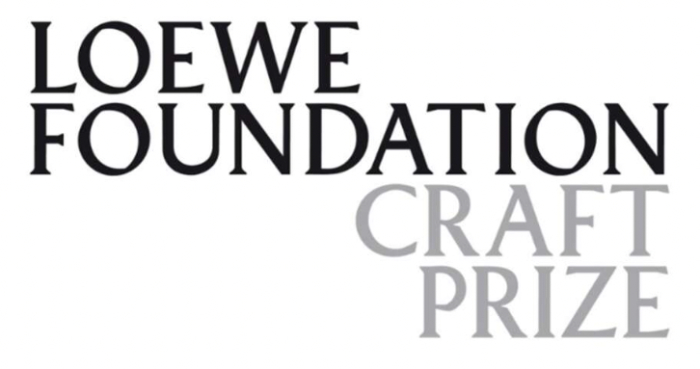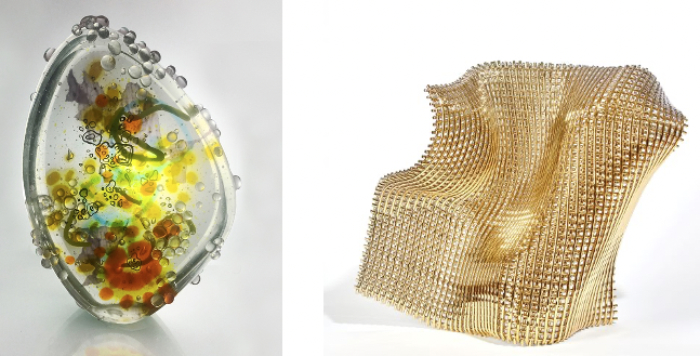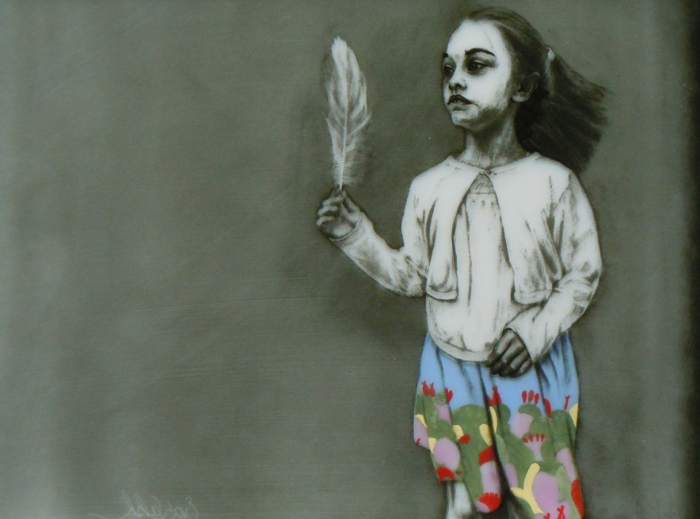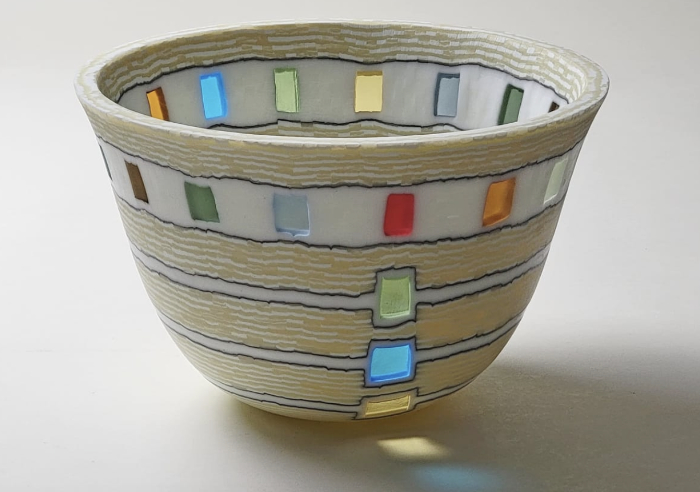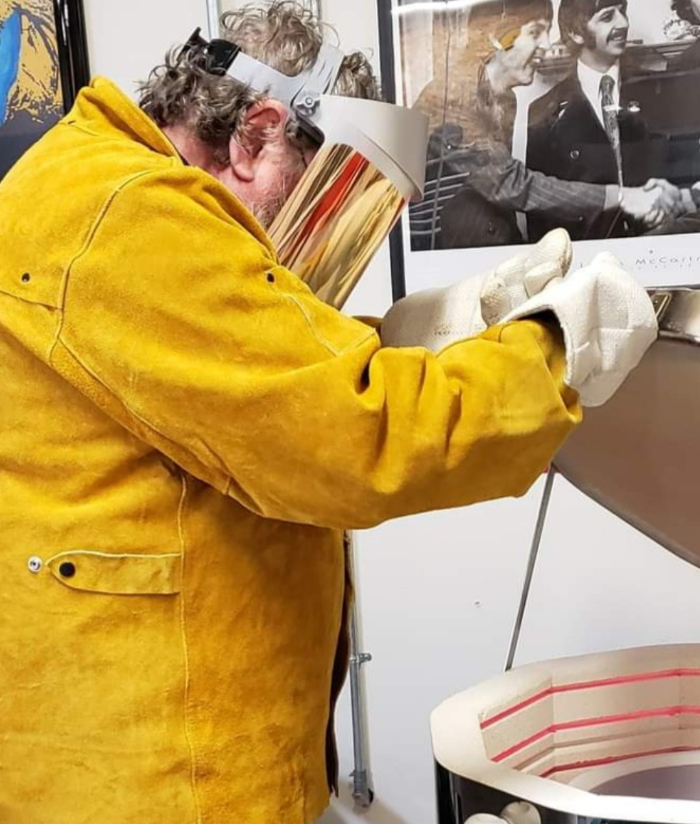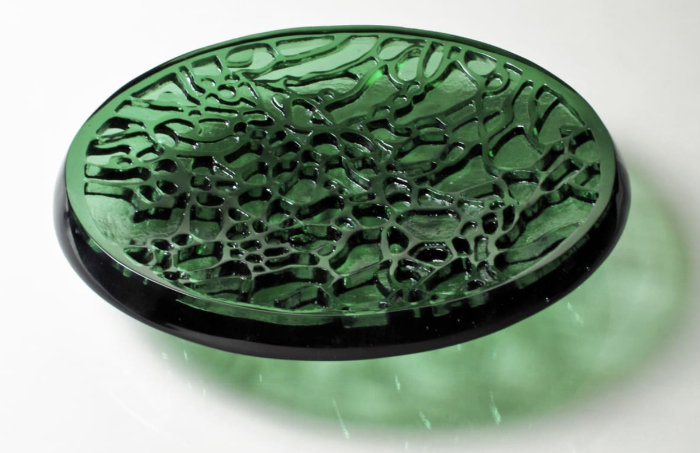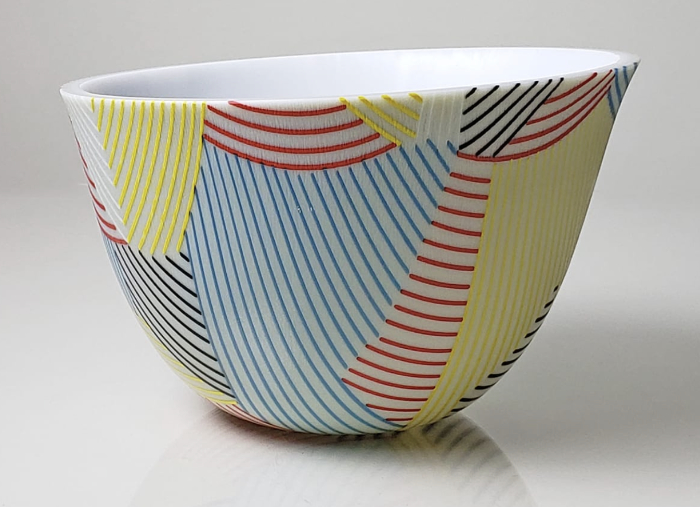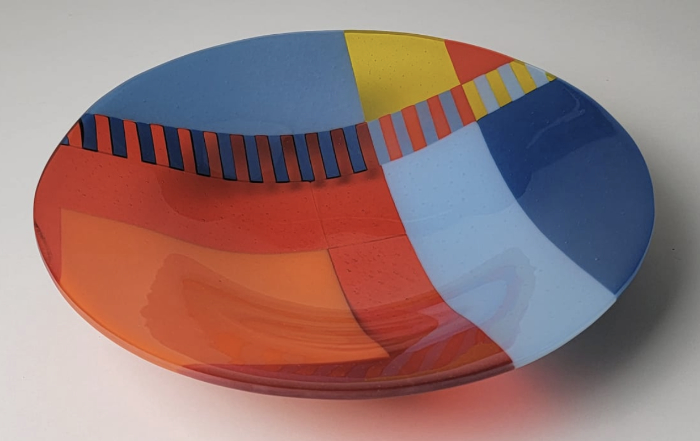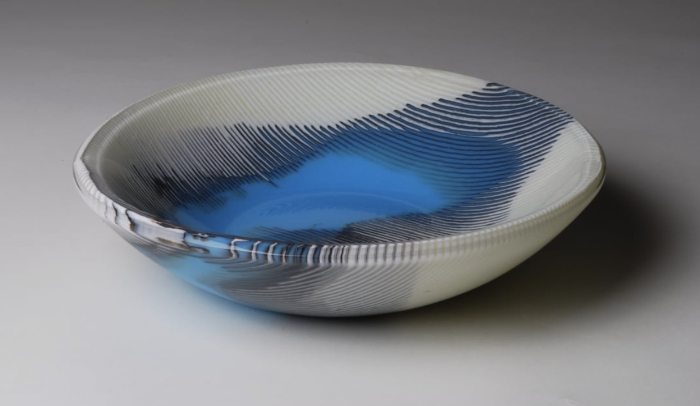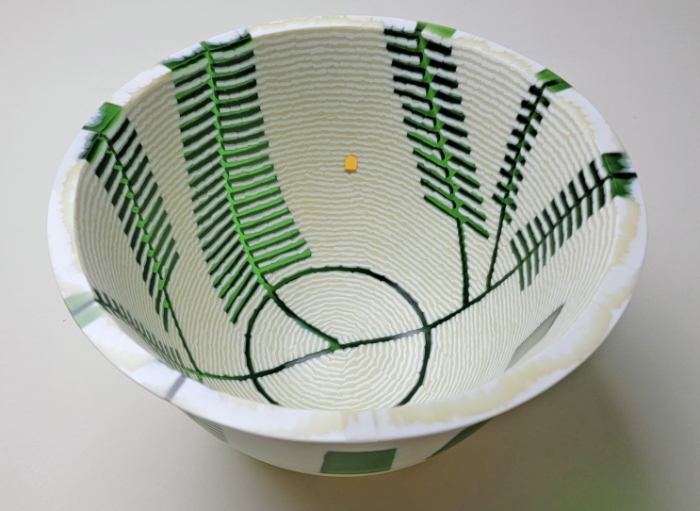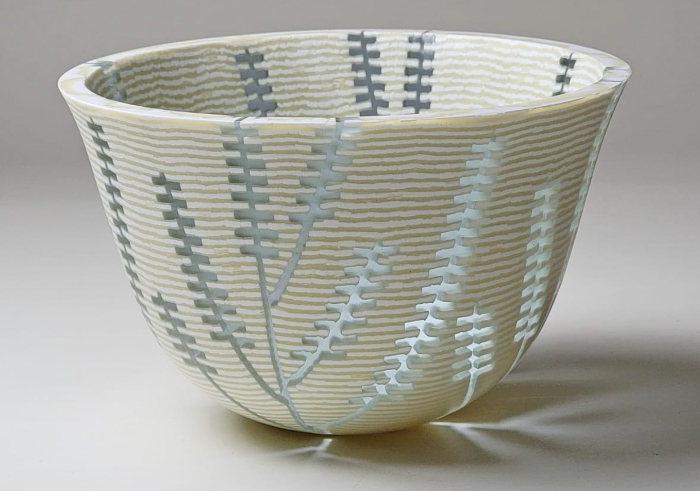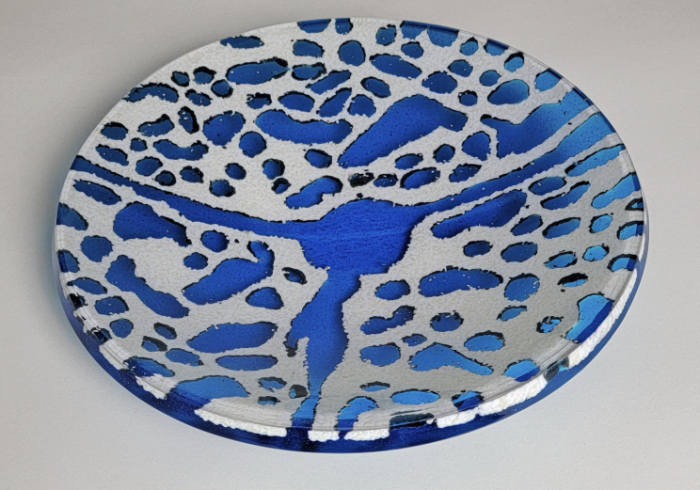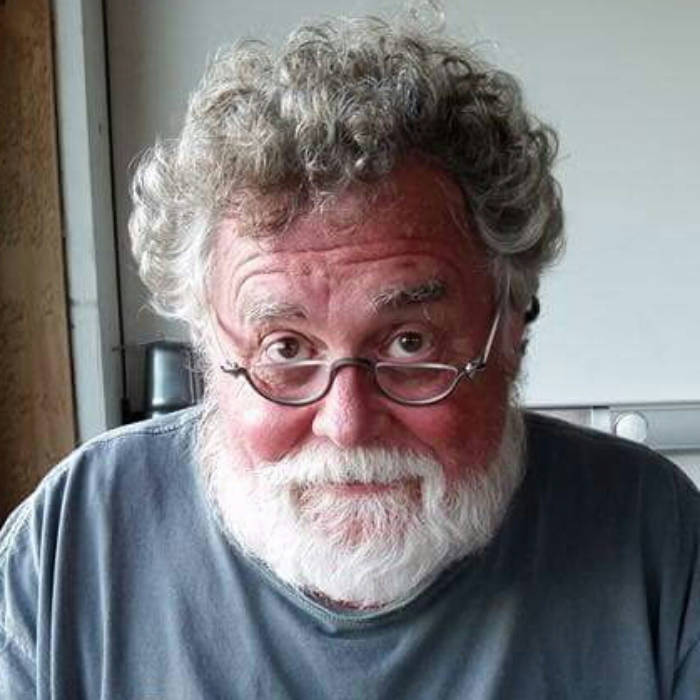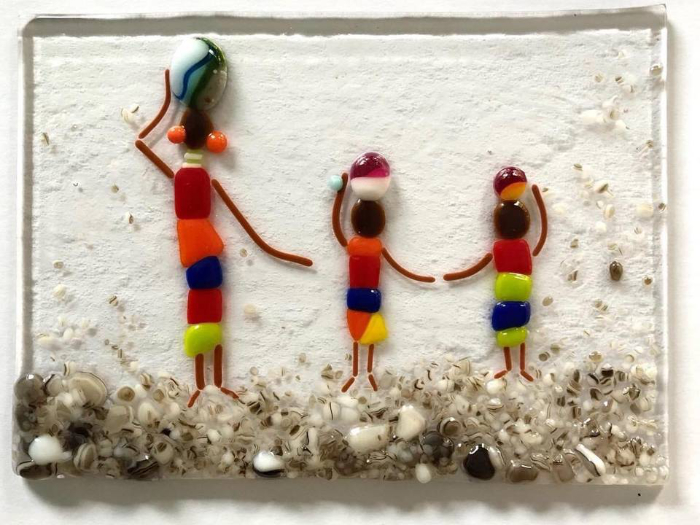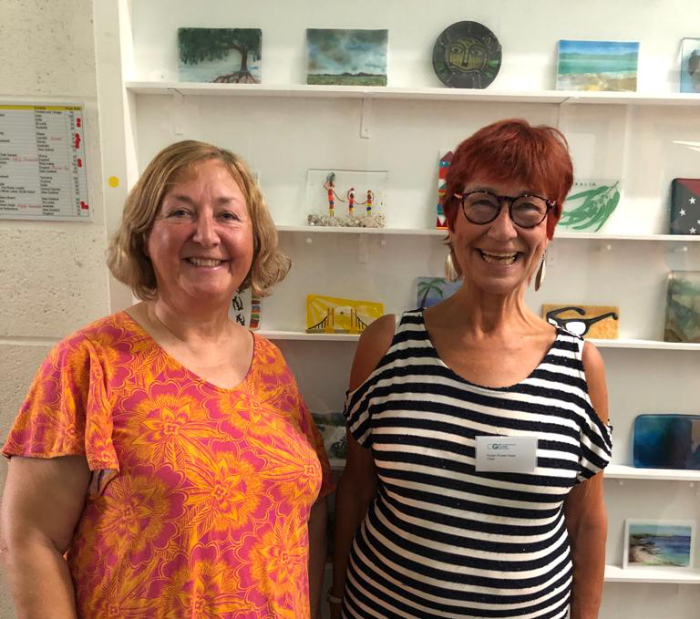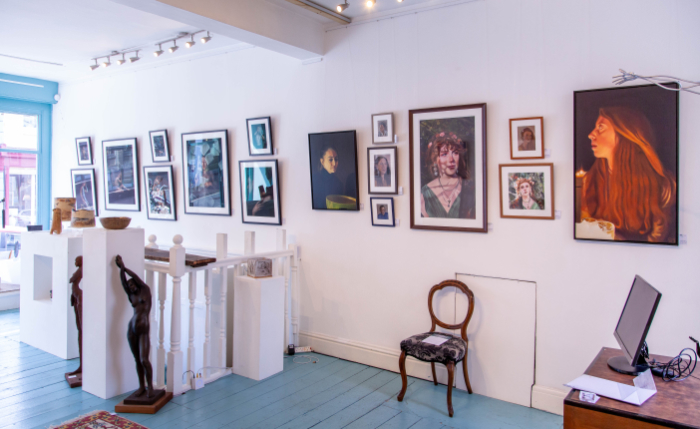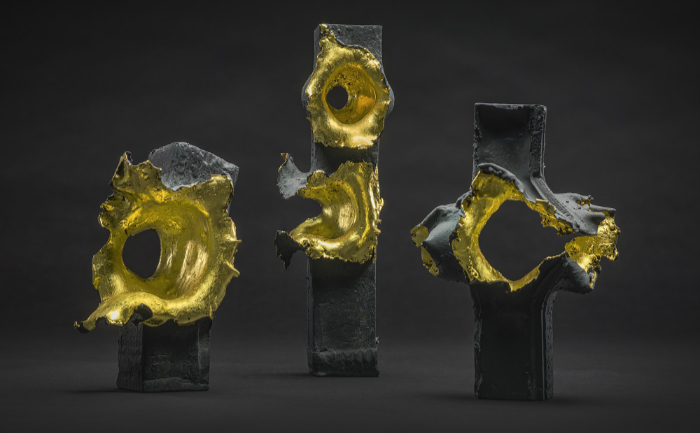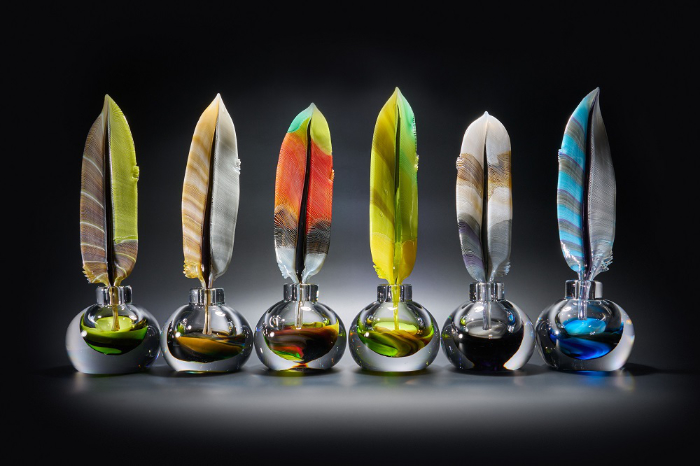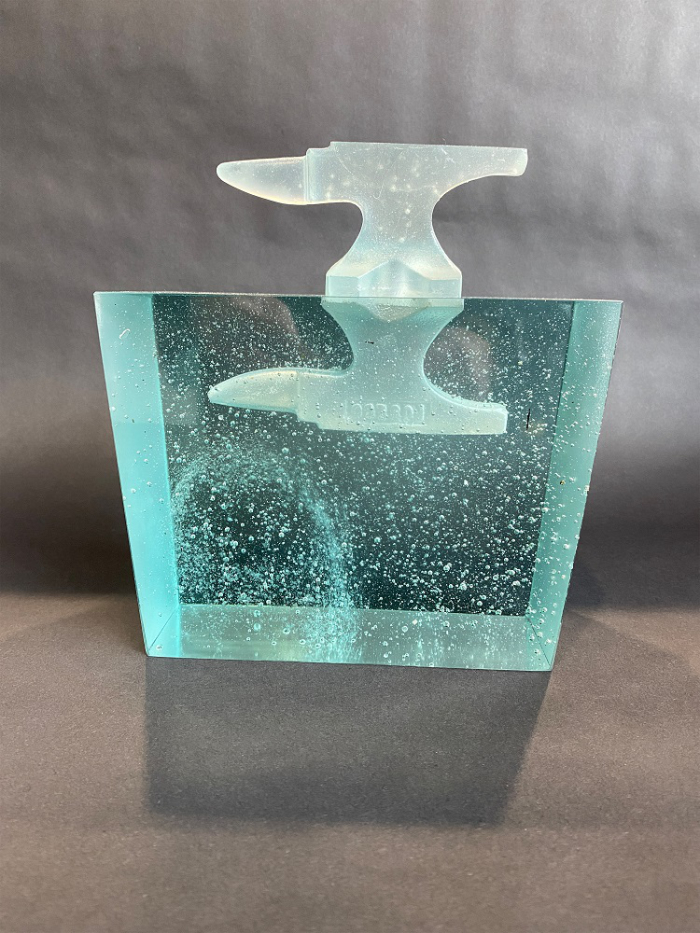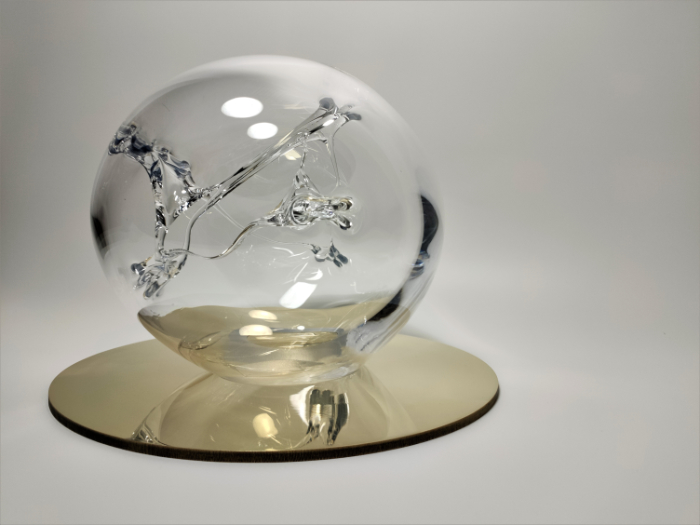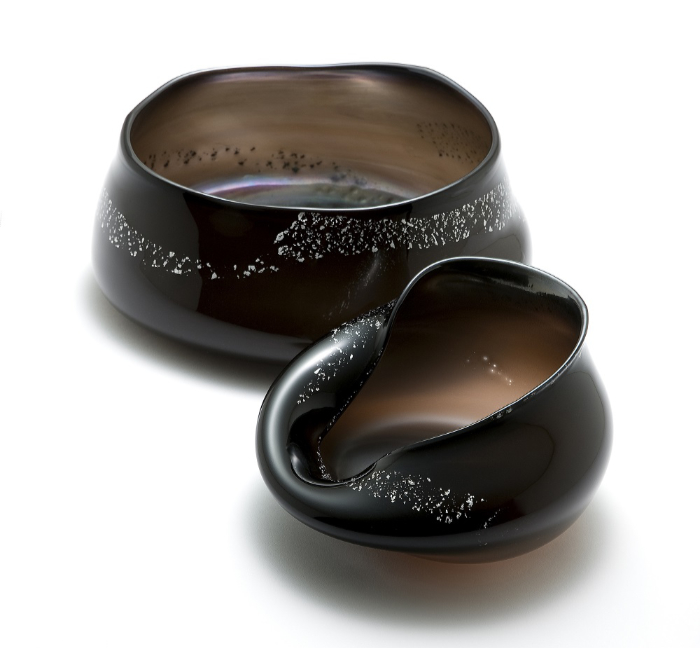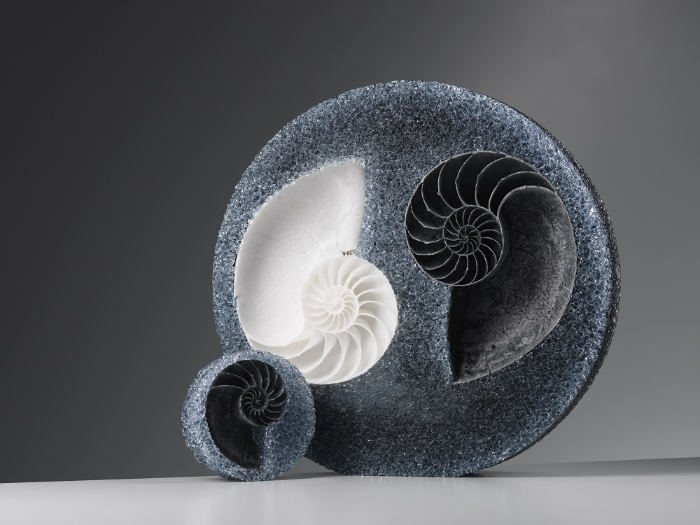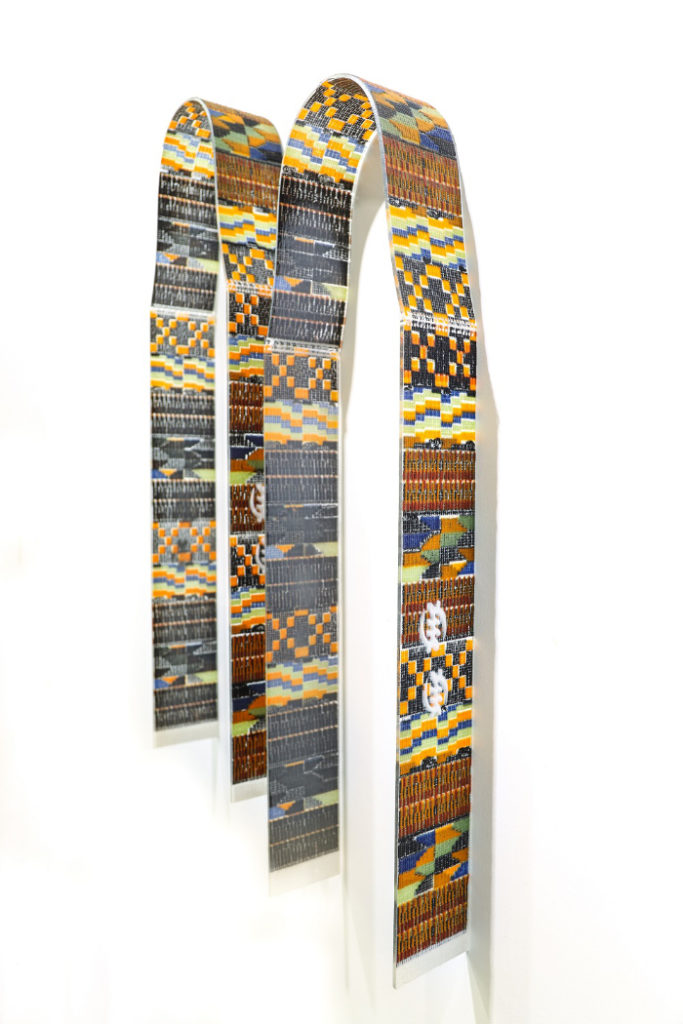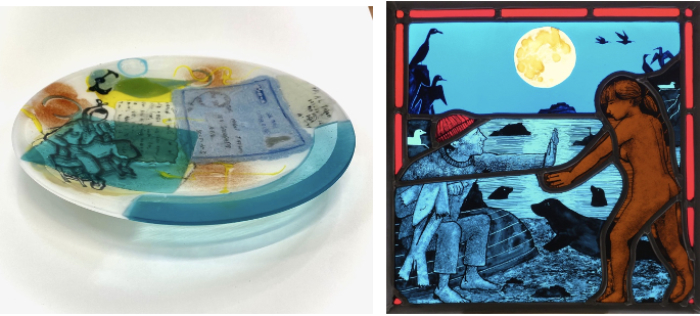
A joint exhibition of contemporary glass by members of the Contemporary Glass Society (CGS) and the Scottish Glass Society (SGS) has been launched in Glasgow, Scotland.
‘Stories – Whispers from the Past and the Present’ takes place in two venues in Scotland, namely the Trades Hall, Glasgow, (14-22 September 2022) and then moves to the Wasps Creative Academy, Inverness (4-29 October 2022).
Exhibitors have been selected from members from both organisations in the UK and internationally.
The theme support’s Scotland’s Year of Stories, which is ongoing throughout 2022. This spotlights, celebrates and promotes the wealth of stories inspired by, written, or created in Scotland. From icons of literature to local tales, the 2022 Year of Stories aims to encourage locals and visitors to experience a diversity of voices, take part in events and explore the places, people and cultures connected to all forms of stories, past and present.
‘Stories – Whispers from the Past and the Present’ encouraged the participating makers to consider the five strands of Scotland’s theme for 2022:
Iconic stories and storytellers: To showcase Scotland’s wealth of treasured and iconic stories and storytellers from classics to contemporary across literature, the screen and the entertainment world.
New stories: To shine a light on emerging, fresh and forward-looking talent and highlight the innovators who break boundaries across all forms of storytelling.
Scotland’s people and places: To promote how Scotland’s diverse culture, languages, landscapes and ways of life, urban and rural, provide a source for all types and forms of stories.
Local tales and legends: To bring to the forefront those distinct tales that communities pass through the generations. Those stories that we tell ourselves and share with others to make sense of time and place.
Inspired by nature: To feature our encounters with nature. Whether by the sea or land, along rivers or through woods, in city and country, we discover stories of birds, insects, animals and plants. These stories define our place in the natural world and help create a more sustainable future for Scotland, and a greener planet.
CGS Chair Susan Purser Hope said, “The exhibition will demonstrate how utterly glorious and amazing contemporary glass is, so that everyone can appreciate and enjoy its magical colours, textures, use of light and variety of techniques. It is also an opportunity for the public to discover not only local glass artists but also work from other parts of the UK.
“This is CGS’s second collaborative exhibition with the Scottish Glass Society. The previous show was such a success that we are excited to have this wonderful opportunity to not only exhibit at the prestigious Trades Hall in Glasgow again but to tour the show to this exciting new venue in Inverness.”
The artists showing work are: Gregory Alliss, Carolyn Barlow, Karen Beggs, Isobel Brunsdon, Michael Bullen, Catherine Carr, Helen Cowart, Elizabeth Cull, Jacky Edwards, Claire Fairley, Fiona Fawcett, Pamela Freedman, Hannah Gibson, Steven Graham, Jianyong Guo, Siobhan Healey, Kate Henderson, Vicky Higginson, Alison Jardine, Alison Kinnaird, Tim Kirman, Jessie Lee, Frankie Leigh, Julie Light, Catherine Lowe, Chris MacCormick, Anthony McCabe, Judith McCrorie, Fiona McLean, Rhona Morrison, Wendy Newhofer, Emma Nightingale, Lois Parker, Ian Pearson, Rachel Phillips, Susan Purser Hope, Penny Riley-Smith, Charlotte Rodgers, Karen Shakespeare, Phillipa Silcock, Angela Thwaites, Gail Turbutt, Jane Vincent, Lee Watson, Brian Waugh, Liz Waugh McManus, Frans Wesselman, Sarah Wilkinson, Christina Yip, and Wang Ziyan.
Trades Hall is at 85 Glassford Street, Glasgow, G1 1UH. Website: https://www.tradeshallglasgow.co.uk
Wasps Creative Academy is at Midmills Building, Stephen’s St, Inverness IV2 3JP. Website: https://www.waspsstudios.org.uk
Image: (left) Alison Jardine’s ‘A Letter Home’ and (right) Frans Wesselman’s ‘The Seal Without her Skin’.
